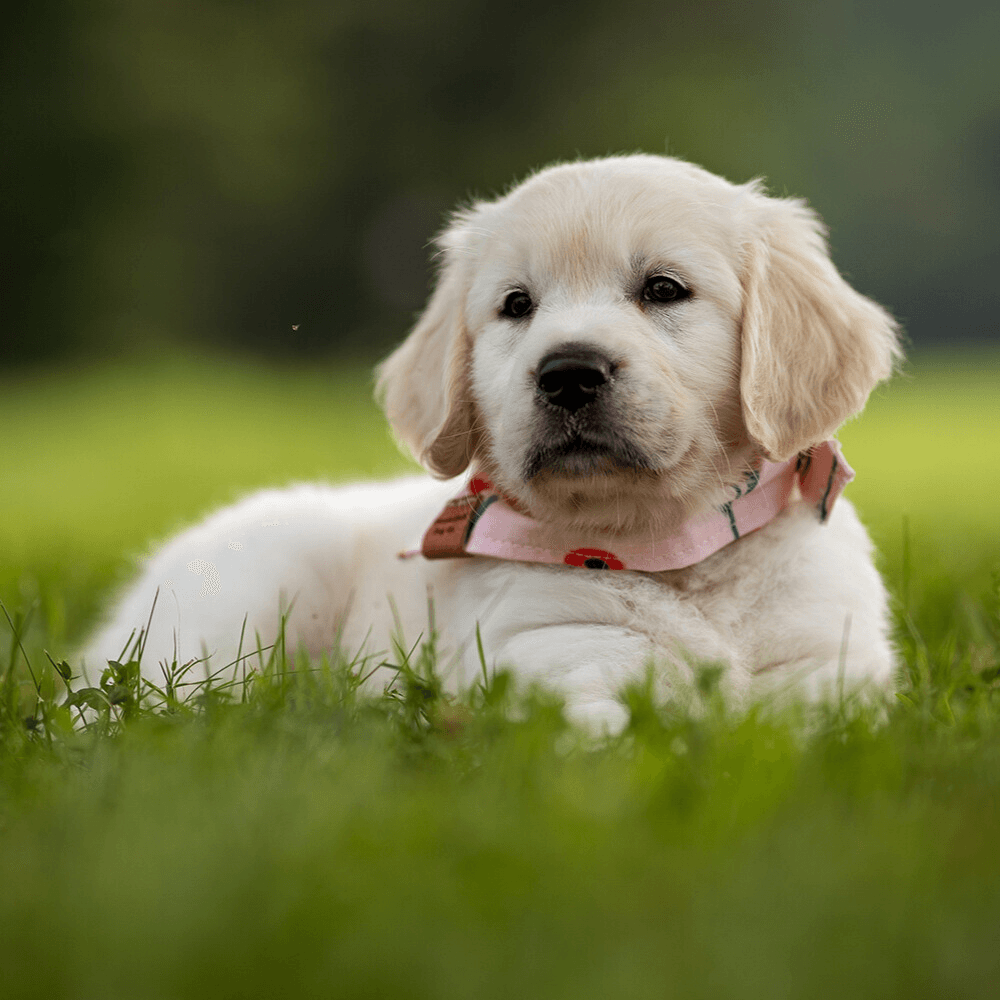
Getting a puppy is an excellent idea for any family. The new pup will bring new energy into the home and be a source of endless joy. However, new dog owners usually face one of two challenges:
The responsibility involved and being overwhelmed by the prospect.
Of course, the right approach doesn’t lie in either of these extremes. Like all things, striking the right balance is the key to raising a puppy.
First, you’ll need to make essential preparations before the pup arrives at its new home. Second, you’ll have to train your puppy properly from day one.
Taking care of these two steps will ensure your pup has a great foundation to grow into a healthy and happy dog. Fortunately, making a good start isn’t overly complicated. Let’s look at how to cover the basics as a new dog owner.
Starting Considerations – Before the Pup Arrives
The first thing to think to consider when getting a dog is how to prepare your home for the new arrival. In particular, you’ll need to make sure your home is puppy-proof and that you have everything necessary for your pup to start living with you comfortably from the get-go.
Home Preparation
It would be best to designate a particular area of your home for the pup before you even bring them home. There are several solutions in that regard.
Firstly, you may opt for crate training. Crates are excellent for most breeds of dog and will make your pup feel comfortable and safe. However, we should address several questions regarding crates.
The primary misconception is that crates are an inhumane or cruel way of treating a dog. However, that notion is far from the truth. Dogs are natural den animals, which means they have a proclivity towards smaller, dark spaces.
While some people might equate putting their dog in a crate to trapping them in a cage, the pup will likely enjoy their cosy hiding place. To ensure your puppy has the best time in their cage, your main task will be to choose the right crate and equip it properly.
Choosing the appropriate crate size for your dog will be important. The crate should be small enough to offer the sense of safety and large enough to be comfortable. Plus, you should account for the size of the dog. Your pup will eventually outgrow the crate, so you’ll need to get ready for that moment. Modular crates are excellent solutions in that regard, since you can expand them as your puppy grows.
Training your dog for the crate will take some time, but shouldn’t be too difficult if you start right away. You should ease the pup into the experience without forcing them to spend time in the crate alone. The process will be gradual. Still, it likely won’t last for more than several weeks.
On the other hand, you may opt not to keep your pup in a crate. In that case, you shouldn’t make the entire home available to them from the start. Instead, dedicate a particular area that’s relatively isolated from the rest of the living space.
If you can spare a small room, that would be the ideal solution. But don’t worry if that’s not an option for you – the pup could find their place in a corner that you’ve equipped for them.
Whatever space you designate for your pup, ensure they have everything they need in that area. In particular, your dog should be able to sleep or nap, eat, drink, and play on its own within the same space.

When it comes to puppy-proofing, you can think about it in similar terms as making a home safe for kids. In other words, ensure that all the wiring is protected and as out of reach as possible. Pay attention to anything your pup could chew through, including shoes, sensitive materials, and certain pieces of furniture.
Additionally, any dangerous materials, including chemicals and trash, should be isolated.
Finally, you should stock up on some supplies before welcoming your new pup. Naturally, an appropriate dog bed will be essential, as will be the crate – if you’ve chosen that option. You’ll also need to get a separate dish for food and water. Don’t rely on existing kitchenware since it might be too fragile and, by extension, dangerous.
You can get a collar for your pup, too. If available, find a variant with an ID tag where you can write the pup’s and your name and address. This will be a good time to choose a suitable leash as well. Alternatively, you might opt for a harness, which some experts consider a superior option for certain breeds.

In terms of hygiene, purchase a comb or brush suitable for your dog’s coat. Note that different breeds will vary in hair type and undercoat. Choose a grooming tool that complements the pup’s particular coat type.
If you’re planning on taking care of the dog’s nails yourself, invest in quality trimmers. However, that step will be optional since you can always use pet services. In contrast, getting a toothbrush for your pup isn’t optional – you should pay attention to the dog’s teeth care from the start.
Of course, you shouldn’t forget about playtime. Welcome your puppy into their new home with some dog toys. Make sure to choose toys specifically designed for dogs, though – don’t use kids’ toys as a substitute.
Other than these essentials, you should get several other items:
- Poop scooper and/or bags
- Puppy-safe cleaning products
- A travel bag
- Dog carrier
Food is another crucial consideration. Your puppy will need sufficient nutrients to develop into a strong and healthy adult dog. There are specially formulated foods for growing pups to support their optimal development. Quality foods always have age designations, so make sure you choose the food type that’s appropriate for your dog.
Now that you know what you’ll need to buy for the pup, let’s move on to proper home training.
First Training
If you’re wondering when to train your dog, the answer is simple: start from the first day.
Potty training should be relatively straightforward. Dogs tend to keep their feeding and resting areas clean. This means that you can start potty training your pup simply by keeping them in a restricted area, as explained in the previous section.
When your pup has their own space, they’ll ask to go outside rather than soil that part of the home. To that end, you should train the pup to ask to go out whenever they feel the need. This will be as simple as taking them outside once you notice they’re getting nervous.
Better yet, you can create a strict routine around these brief outdoor excursions. If your dog develops a habit of always going out at the same time, they’ll have no issues keeping to the routine when they’re older. Plus, dogs that are used to relieving themselves outside regularly will give you a heads up in case of an emergency.
The next most important thing you need to teach your pup is a simple yet invaluable command: No. When you want to correct the puppy’s behaviour, don’t use forms of punishment like raising your voice or hitting them. To prevent the dog from doing something they’re not supposed to do, simply tell them “No.”
The dog will learn the meaning behind the word with enough repetition. But you can do even better. In addition to preventing unwanted behaviour, reinforce positive behaviour with rewards, treats, and praise.
Once the basics are established, you can add obedience training. The essential skills here will be teaching your pup to sit, lay down, come when you call them, stay in place, and follow you during walks without a leash.
Obedience training will take more effort and time, but can be successful with proper methods. If you’re unsure of how to train your pup, there are many specialised training schools that offer obedience classes.
However you manage it, training your pup will be invaluable moving forward. You’ll get a well-behaved pet, while the dog will learn new skills that will keep them mentally engaged.
As you’re training your puppy, don’t forget about a particularly important area: socialisation. The pup should learn how to behave around people and other animals from an early age. Yet, you shouldn’t rush to socialise your pet with other dogs – make sure they’re fully vaccinated first.

Prepare Your Pup to Become a Loving Companion
Ultimately, the preparation process for getting a puppy isn’t overly complicated. When it comes to things to buy, you’ll simply need to make a list and do some basic due diligence. Training will take more effort on your part, but it can be a fun and interesting process.
As your puppy learns more about how they should behave, you’ll get familiar with their character. In the process, you’ll form a bond that will last for years to come and bring you plenty of memorable moments.

